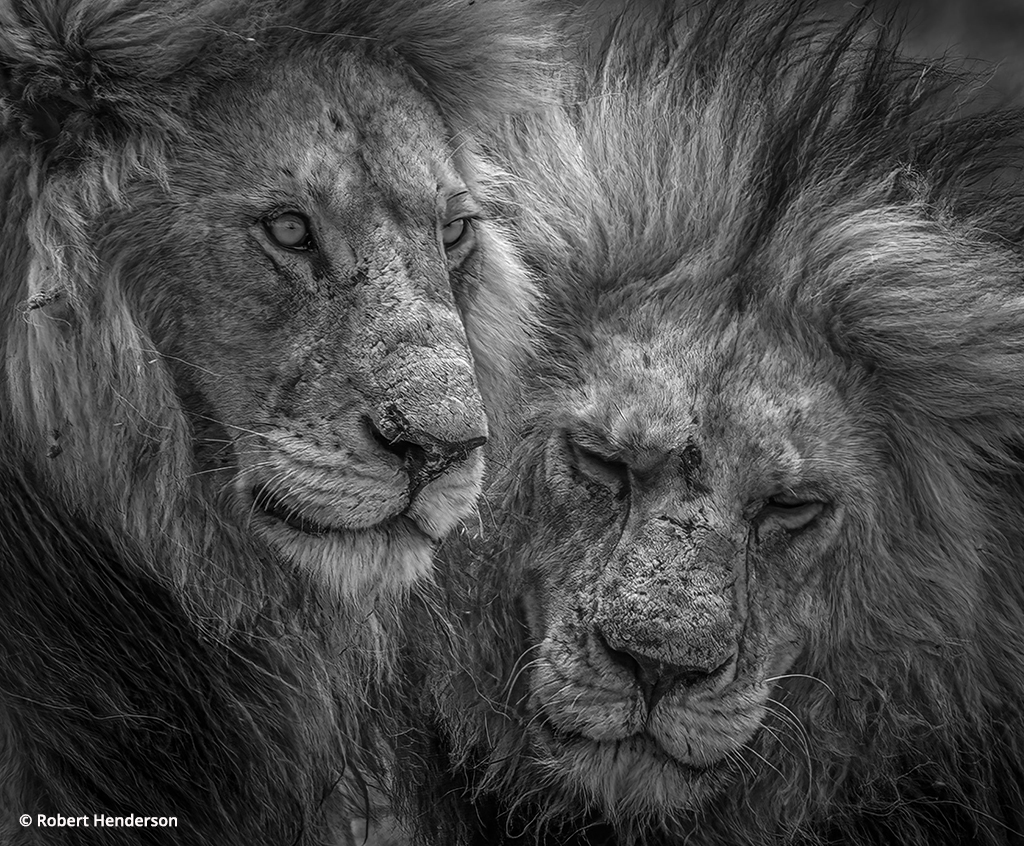Advertisement
Advertisement
Read Next

Photo Of The Day By Robert Henderson
Today’s Photo of the Day is...
Photo Of The Day By Garry Everett
Today’s Photo of the Day is...
Photo Of The Day By Max Foster
Today’s Photo of the Day is “The...
Photo Of The Day By Ross Stone
Today’s Photo of the Day is “Mobius...Advertisement


Selling Prints For Profits
Assess Your IQ (Image & Quality)
As with any business, your initial step is to analyze your market. What kind of photography appears to be selling in your area? Go to the art fairs, gift shops and galleries to see what other photographers are doing with prints. Then look through your image bank and determine whether you have the kind of images that your market appears to be buying. Once you’ve established that you have marketable imagery, make an honest assessment of your work’s quality: sharpness, color, composition, exposure.
More than a single image, you need to determine whether you have an assortment of images in which people will be interested. Your work doesn’t have to be markedly different, but neither should it be exactly the same as others. Bring your unique take of the world and share that.
The Best Print Possible
Quality printing is key for successful sales. Whether you choose to do your own printing or use a professional lab, it’s important to never settle for “good enough” quality. You’re a professional; your prints should show that you’re a professional.
Currently, you have three professional printing choices: traditional photographic printing, digital photographic printing (using laser or LED printers) or inkjet printing (sometimes called gicl´ee). Digital printing offers the best quality and soon will become the only way most labs will print photographic images, but at this time, it can be more expensive than traditional printing.
There’s a growing trend for photographers to print their own images. If you choose this route, make sure that you’re using a printer that delivers archival quality, prints that will last a minimum of 25 years or longer under normal display conditions. Learn as much as you can about inkjet archivability as it will be a question that will inevitably be asked by your potential buyers.
Where To Sell
Art shows come in all shapes and sizes. The shows that will net you the best sales are juried shows (shows that require you to submit slides of your work and where you compete with others for the privilege of selling your work). Go to as many art shows as you can and evaluate the other artists: How many are photographers? What are the displays like? How much are their images? Are they selling well? After attending several events, you’ll have a great sense of how you and your work will fit.
An alternative to the art show is a gift shop, especially in tourist areas. To make this financially successful, you’ll have to find more than one location to sell your work. Expect to pay a fairly healthy commission (typically, 40 to 60 percent). But remember, you take on little of the risk and none of the expense of retail.
Final Thought
Probably, the most important thing to remember in print sales is that while you may be a fine-art photographer, you’re also a businessperson trying to make money. Remember that your customers are looking to buy “wall décor.” Buyers are thinking of filling spaces behind couches, in bedrooms and, yes, even in bathrooms. Understand why people are buying, and you’ve solved half the problem of what to offer.
Mark Lukes is head of Fine Print Imaging, a professional imaging lab catering to artists and photographers. Visit his website at www.fineprintimaging.com.